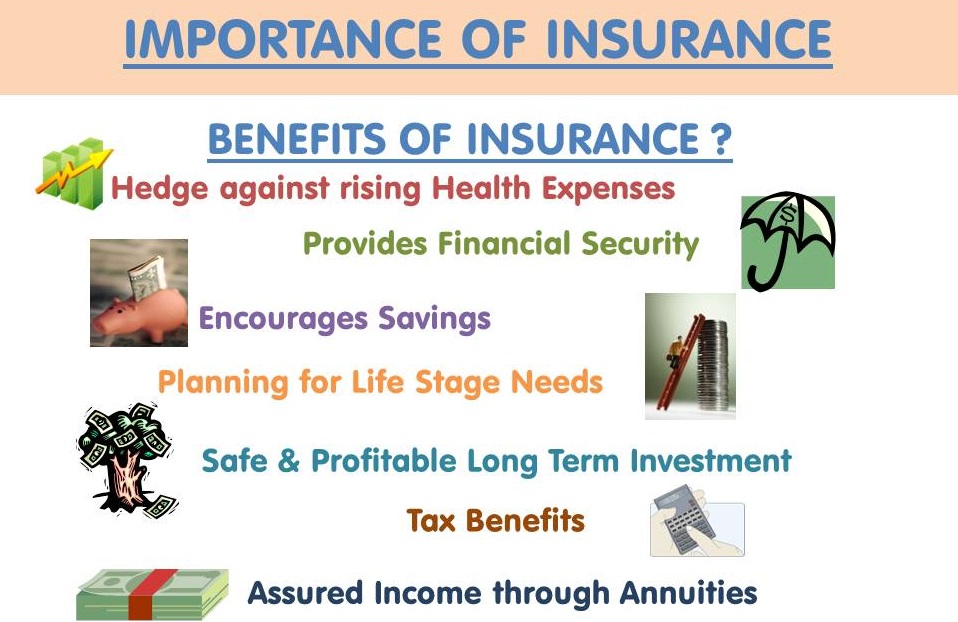Not known Facts About Pacific Prime
Not known Facts About Pacific Prime
Blog Article
The Ultimate Guide To Pacific Prime
Table of ContentsThe Basic Principles Of Pacific Prime The Greatest Guide To Pacific PrimeAll About Pacific PrimeThe Buzz on Pacific Prime
In the majority of states, the insurer is needed to send you a copy of the adjustments to your policy. It is essential that you review Endorsements or Riders so you recognize how your policy has changed and if the policy is still adequate to fulfill your requirements. To acquire a copy of your insurance plan, please call your insurance representative or company.
The Institute of Medication (IOM) Committee on the Consequences of Uninsurance launches a prolonged examination of proof that addresses the importance of medical insurance protection with the publication of this record. Coverage Issues is the very first in a collection of 6 records that will certainly be issued over the next two years recording the truth and repercussions of having actually an approximated 40 million individuals in the United States without wellness insurance coverage.

All About Pacific Prime
The goal of this collection of studies is to refocus plan attention on a longstanding problem. Following the longest financial expansion in American history, in 1999, an approximated one out of every six Americans32 million grownups under the age of 65 and greater than 10 million childrenremains uninsured (Mills, 2000).

10 percent of the population accounts for 70 percent of healthcare expenses, a correlation that has actually continued to be consistent over the past 3 years (Berk and Monheit, 2001) - international health insurance. Therefore medical insurance remains to offer the feature of spreading threat even as it progressively finances routine care. From the point of view of healthcare providers, insurance coverage carried by their patients aids safeguard a revenue stream, and communities benefit from monetarily viable and steady wellness treatment practitioners and organizations
Government offers health and wellness insurance coverage to populaces whom the personal market may not serve properly, such as handicapped and senior citizens, and populaces whose accessibility to healthcare is socially valued, such as youngsters and expectant women. The best ends of health insurance policy coverage for the private and communities, including workplace neighborhoods of workers and companies, are improved health outcomes and lifestyle.
Rumored Buzz on Pacific Prime
Workers rank medical insurance initially without a doubt in importance amongst all the advantages offered in the office (Salisbury, 2001). Although there have actually been sizable investments of personal and public funds to give medical insurance, numerous individuals still have no coverage. Regardless of comprehensive reporting of study findings and wellness treatment research results, the general public remains confused and mistaken regarding Americans without medical insurance and the ramifications of lacking protection.

Without concern, the intricacy of American health care financing mechanisms and the riches of sources of information add to the public's complication and hesitation concerning medical insurance data and their analysis. This report and those that will certainly adhere to purpose to distill and provide in easily understandable terms the substantial research study that bears on concerns of medical insurance coverage and its significance.
Fifty-seven percent of Americans questioned in 1999 thought that those without medical insurance are "able to get the care they need from physicians and medical facilities" (Blendon et al., 1999, p. 207). In 1993, when nationwide attention was focused on the troubles of the uninsured and on pending healthcare legislation, simply 43 percent of those polled held this belief (Blendon et al., 1999).

They additionally get less preventive services and are much less most likely to have regular take care of persistent conditions such as hypertension and go to the website diabetes. Persistent illness can bring about expensive and disabling issues if they are not well managed (Lurie et al., 1984; Lurie et al., 1986; Ayanian et al., 2000). One nationwide survey asked more than 3,400 grownups concerning 15 highly severe or dark conditions.
About Pacific Prime
Additional evidence is offered later in this phase in the conversation of insurance and access to health treatment. https://trello.com/w/pacificpr1me_. Individuals without wellness insurance coverage are young and healthy and balanced and pick to do without insurance coverage. Nearly half (43 percent) of those checked in 2000 thought that people without health and wellness insurance coverage are extra most likely to have illness than individuals with insurance coverage
Voters and policy manufacturers in focus group conversations define those without insurance coverage as youths that have the chance to be covered and feel they do not require it (Doorperson Novelli, 2001). Compared to those with a minimum of some personal protection, the without insurance are less likely to report remaining in outstanding or excellent wellness (Agency for Medical Care Research and High Quality, 2001).
RESOURCE: Facility for Expense and Funding Research Studies, Agency for Healthcare Study and Quality, based on MEPS information. Young grownups between 19 and 34 are even more likely to lack medical insurance than any other age group. This is mainly because they are much less commonly eligible for employment-based insurance policy because of the nature of their task or their brief period in it.
The assumption that individuals without insurance coverage have better-than-average health and wellness adheres to from perplexing the relatively young age account of the without insurance with the much better wellness, generally, of more youthful persons. This covers the link in between health status and health insurance. For those without access to workplace medical insurance, poor health is a possible obstacle to acquiring nongroup insurance coverage due to the fact that such insurance coverage might be highly priced, exclude pre-existing conditions, or be just unavailable.
Report this page